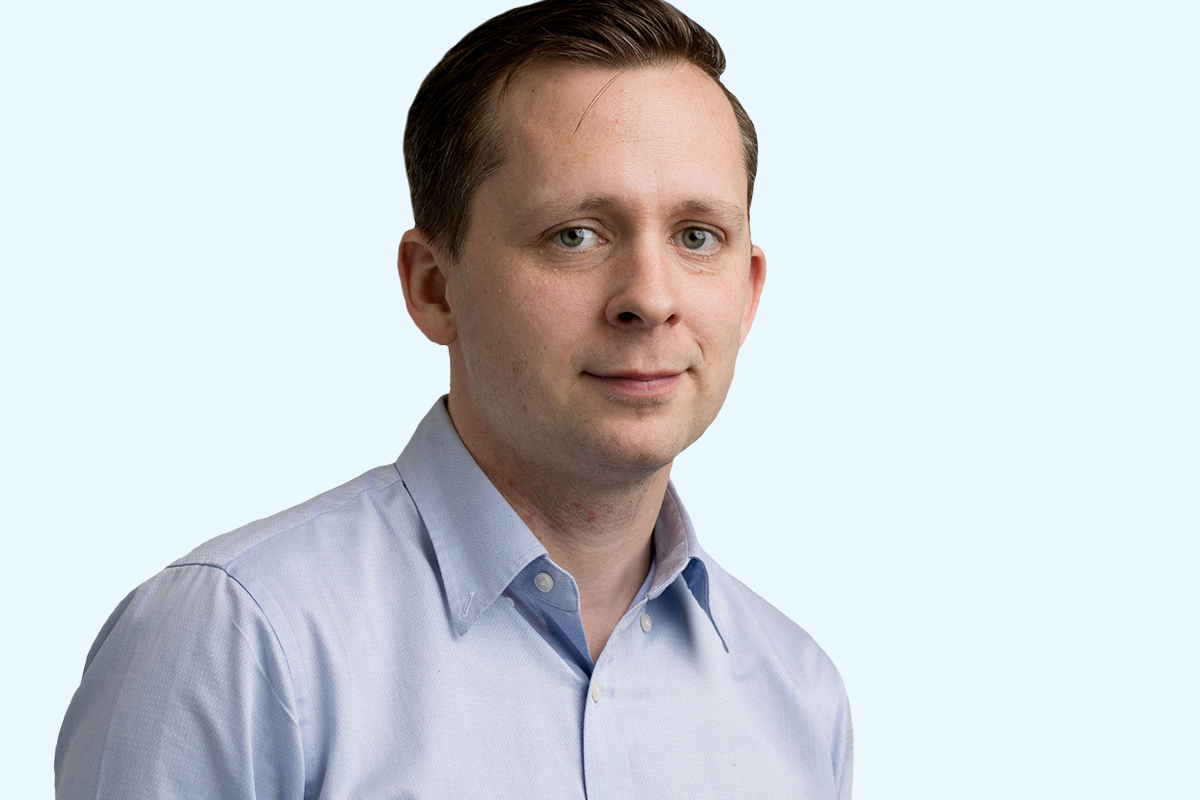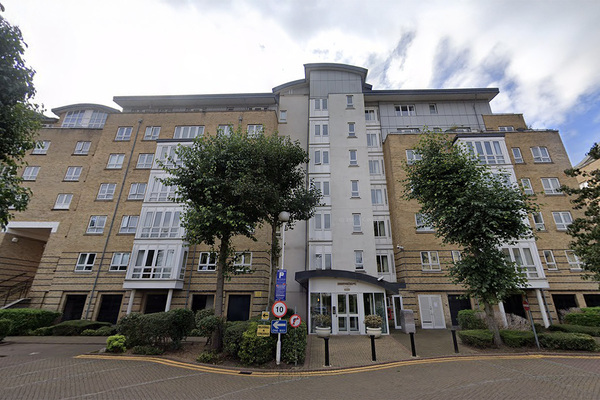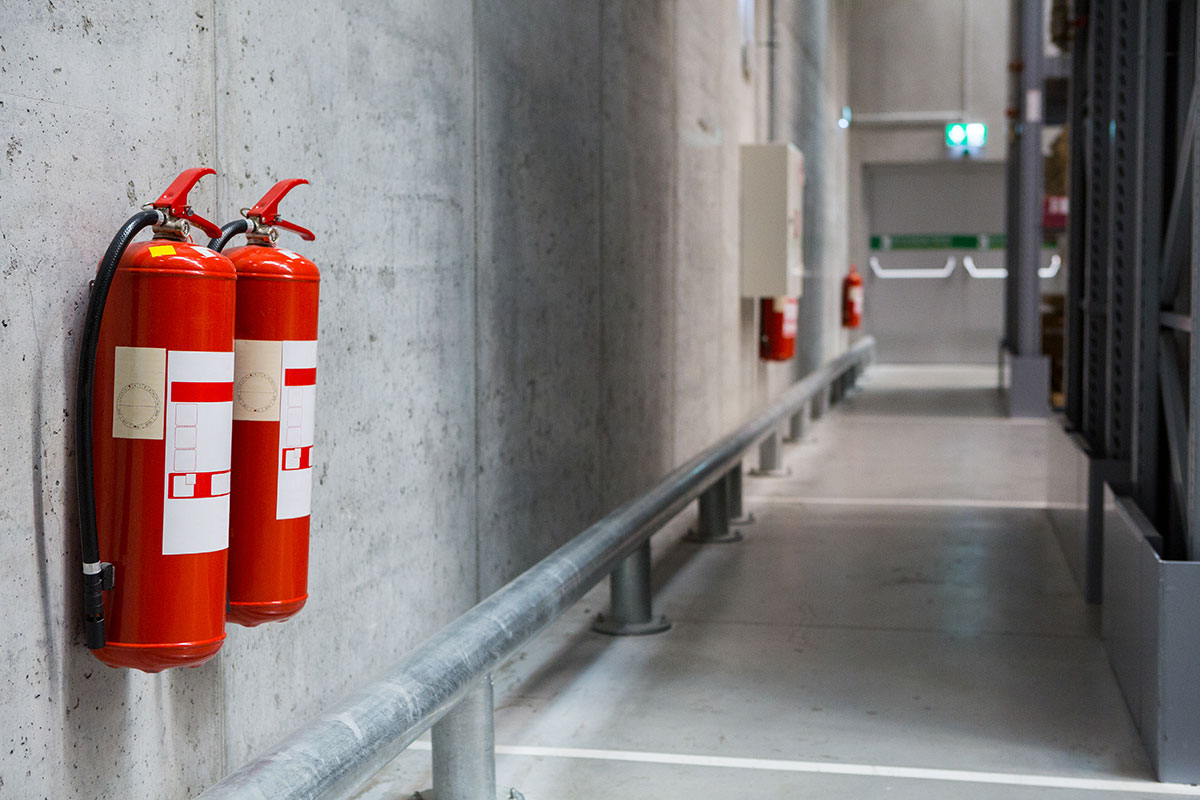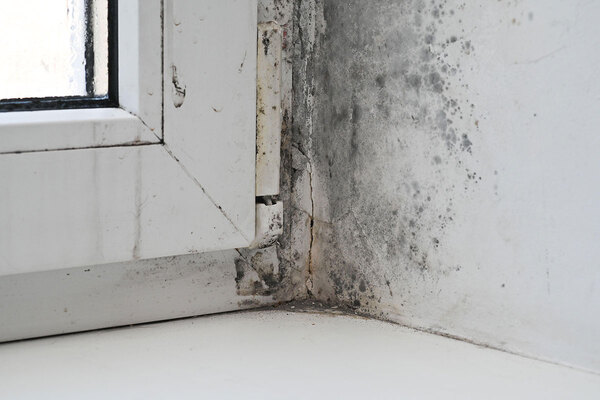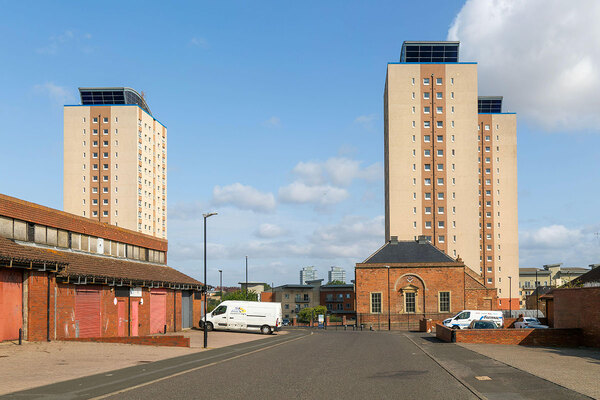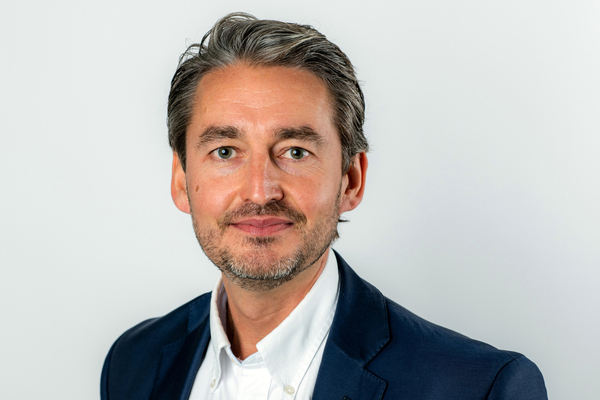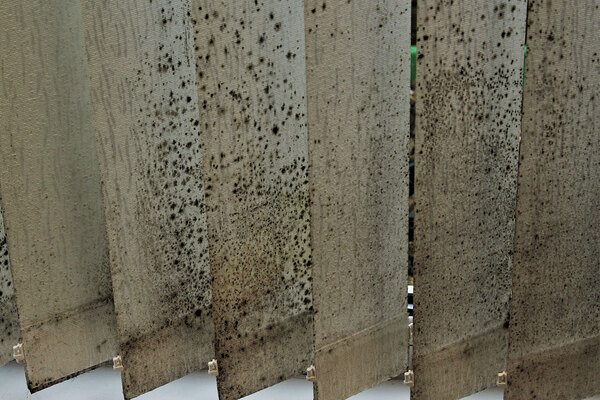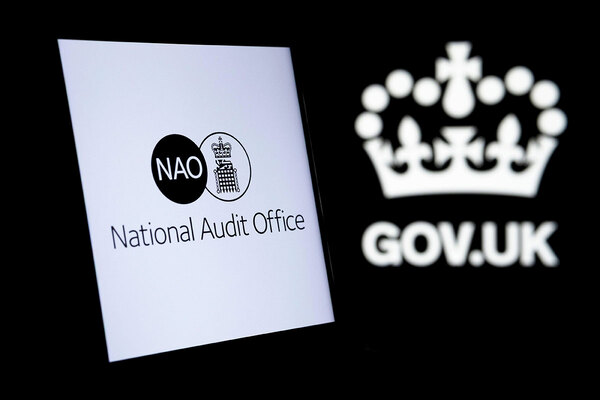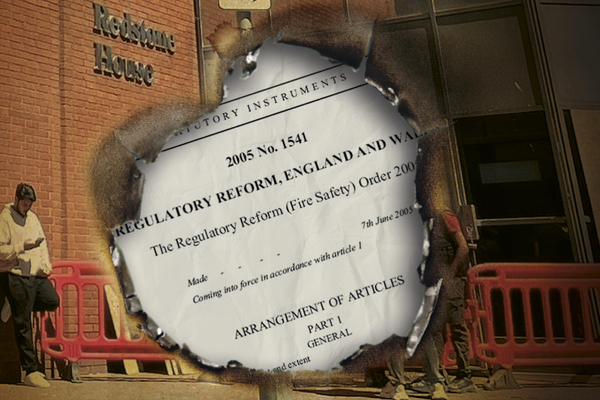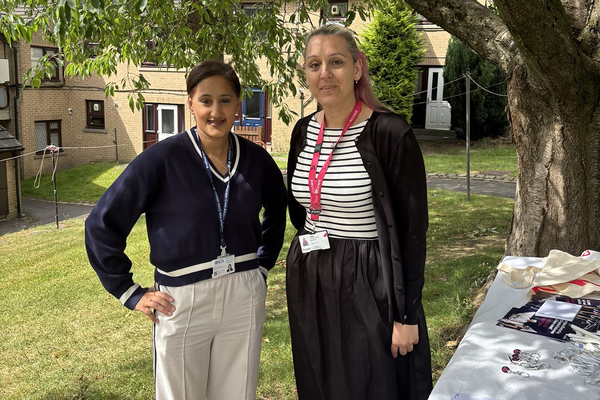You are viewing 1 of your 1 free articles
The Kiziak saga demonstrates the need for culture change in building safety
The Adam Kiziak saga shows that we need tighter regulation of those involved in building safety and a mindset shift from clients, argues Inside Housing’s contributing editor Peter Apps
The repercussions from the saga surrounding fire assessor Adam Kiziak and his expulsion from the Institution of Fire Engineers will rumble on for months.
Thousands of buildings he assessed, in both the social and private sectors, will need to be reassessed, and some which were believed to be safe may have to enter the long queue for remediation work.
But the story points to a bigger question – one which cuts into the meat of our various attempts at post-Grenfell reform. How do we make sure the changes we make result in safety improvements, and not simply business opportunities for those keen to profit from new regulatory requirements?
Mr Kiziak’s firm, Tri Fire, was set up to carry out external wall assessments for building owners. The need for these assessments was real, but the way they were introduced was a result of the government’s bungled response to the Grenfell fire, and the philosophy which got us into trouble in the first place.
After the fire, the government insisted that all combustible materials needed to be removed from all buildings above 18 metres in height. But it washed its hands of responsibility for working out how this should be done, and what level of risk was acceptable. The philosophy was laissez-faire: it was left up to private building owners, not state regulators, to make these assessments.
This created a huge, sudden demand for professionals to carry out the assessments, in a market where such expertise was in short supply.
The result was that the process became distorted. For clients, it was about appointing contractors, negotiating fees within budget and ticking off buildings, not safety.
For contractors, it was an environment where contracts worth millions were suddenly available with little oversight and firms could fill order books for an entire year overnight.
There is a danger here for our whole system of reform. Every new safety requirement is also a business opportunity, and the market will serve the needs of profit, not safety, if left purely to its own devices.
This is not just about EWS1 forms. How much do we know about the people preparing building safety cases, or advising on Gateway 2 applications? Have we tried to fix the race to the bottom that took us here with a new race to the bottom to appoint people to get us out?
Some change is coming. Following the Grenfell Tower Inquiry recommendations, there will be a focus on improving the competence of the professionals who offer services in these areas.
This is welcome, but it is not everything. The problem with Mr Kiziak was about conduct, not competence. He was a well-qualified fire engineer with good experience.
What we need the new systems to deliver is accountability. If someone acts irresponsibly, there should be mechanisms to hold them swiftly, publicly and firmly to account. Fire engineers should be committed to the principles of their profession, not the whims of the client. Where they fail to uphold them, they should face public sanction and strike-off in the manner of medical professionals – another field where we demand high standards because life safety is on the line.
“The post-Grenfell regime demands a change of mind-set from clients as much as professionals: if someone is cheaper than everyone else, those responsible for appointing them need to ask why”
But there are questions for clients as well. All the building owners who appointed Mr Kiziak should ask searching questions about why. Industry sources say he charged far less than competitors, was available at short notice and turned his reports around much more quickly than others.
Really, these factors should have been seen as red flags, or at least reasons for further scrutiny. The post-Grenfell regime demands a change of mind-set from clients as much as professionals: if someone is cheaper than everyone else, those responsible for appointing them need to ask why.
Achieving change in the world of building safety demands a new approach and a new philosophy. The old ways that got us here will not get us out.
Pete Apps, contributing editor, Inside Housing
Sign up for our fire safety newsletter
Already have an account? Click here to manage your newsletters
Latest stories
